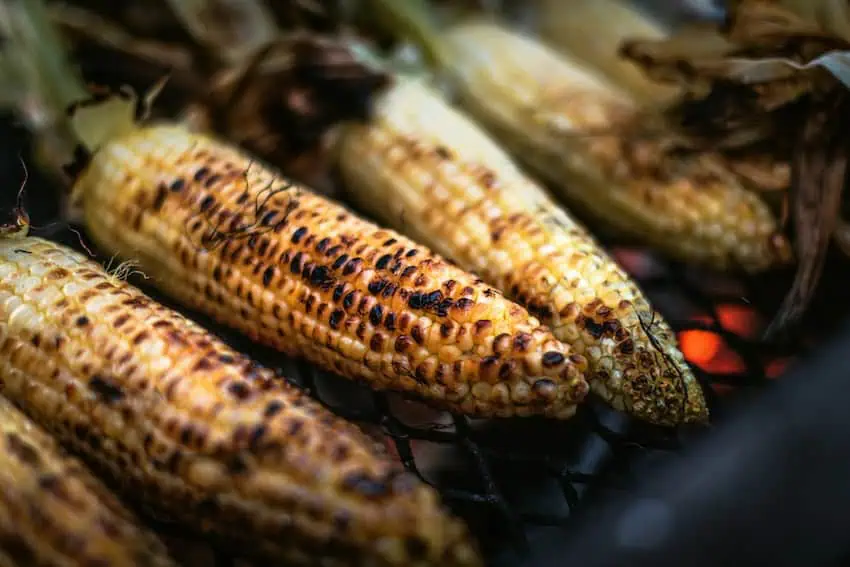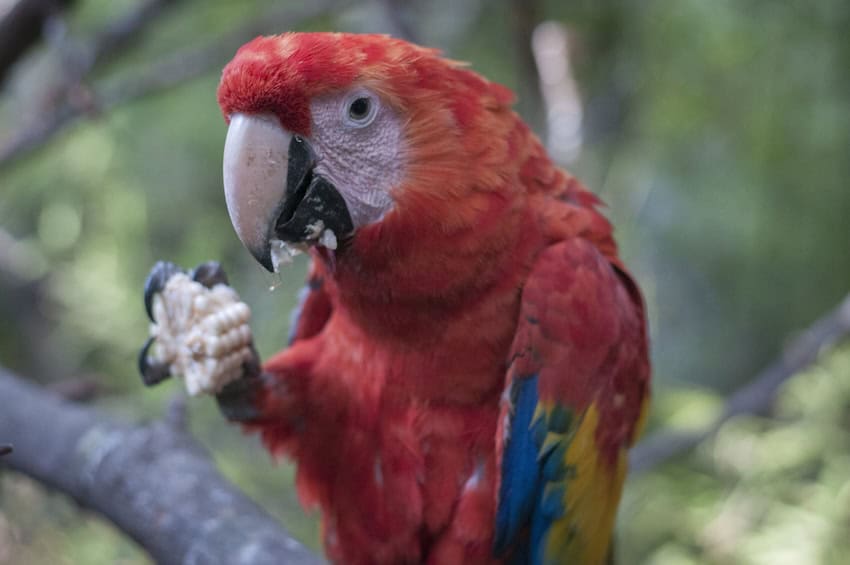Taste of Mexico: Elote corn

In the past, when swearing was highly disapproved of, people used to be quite creative in expressing their feelings without offending anyone. That’s how one of my favorite expressions came to be: “Hijo de tu maíz” or “Hijos del maíz” (Son(s) of a corn), which substitutes the word “madre” with “maíz.” This isn’t just a clever euphemism; it’s packed with history and meaning. This reverence for corn has placed the humble elote at the forefront of Mexican culture.
The traditional diet of pre-Hispanic cultures mainly consisted of corn, squash, beans, and chili, with corn holding a special place in our culture as it was the sole ingredient present in all the founding myths and legends of Mesoamerican cultures. For instance, in the Popol Vuh, the sacred book of the Maya, it is narrated that the first man was made from corn. So in a way, we are truly “hijos del maíz”.

In everyday life, corn was used as currency, offered in rituals and ceremonies, given to neighboring communities to maintain peace and served as a staple food. In certain local communities, there are still festivals and rituals related to corn. For example, on September 14th in the Sierra of Guerrero, southern Mexico, the Xilocruz festival takes place, featuring crowds, fireworks, dancing, and ceremonies in the milpa (traditional Mexican fields) to bless the harvest.
How much corn is consumed in Mexico today?
In Mexico, yellow corn is mainly used for livestock and other industrial purposes. On the other hand, white corn, which comes in more than 50 varieties including purple, blue, and red, represents 20% of our annual food expenditure. Agronomists use the term “white corn” as a simplified classification for these varieties.
- Mexico consumes an average of 23 million tons of white corn per year.
- Each Mexican consumes between 140 and 200 kilograms (300 and 440 pounds) of white corn annually.
- The average Mexican consumes between 56 and 80 kilograms of tortillas(123 and 180 pounds) per year, about 6 tortillas a day and 2,206 tortillas a year.
What about the rest of the white corn kilograms, you may wonder? Well, the rest is consumed in the form of: elotes (corn on the cob), esquites (corn in a cup), tamales, gorditas, tlacoyos, corundas, uchepos, zacahuil, tostadas, tlayudas (deep breath), totopos, sopes, huaraches, pozole, quesadillas, flautas, salbutes, bocoles, atepipil, panuchos, chalupas. These are definitely all worth future articles of their own.
Back to the basics: el elote
I propose that we rediscover the pure taste of corn, which can change how we perceive corn-based flavors. I promise you that after this exercise, you’ll be much more discerning when trying tortillas, tamales, or chilaquiles.
The “Do it yourself” way
- Purchase white corn from the supermarket or market.
- If the corn still has leaves, remove them until only those attached to the kernels remain. Some people prefer to remove all the leaves and wash the corn well, but leaving the last leaves on can help retain more flavor.
- In a large pot, boil enough water to cover the corn. Add salt to taste and a couple of epazote leaves.
- Once the water is boiling, add the corn. Let it cook for 20 minutes or until tender.
- Remove the corn, let it cool, and enjoy a bite as is, without adding anything.
The “Easiest” way
- Find your favorite corn stand and order an elote or esquites (corn in a cup).
- When they ask, “With everything?” or “¿Con todo?” (lemon, salt, mayonnaise, cheese, and hot chili) respond, “Let me try it plain first.”
- Take a bite of the corn and enjoy the pure flavor.
- If you wish, return the corn and say, “¡Póngale todo!” or “Go ahead, add everything. I’m not afraid”. I usually just ask for lemon, salt, and a little mild chili.
The flavor of elote


Lalo Plascencia, a chef and researcher, describes the taste of the elote as “elegant.” He’s absolutely right. White corn has a very mild, herbaceous, slightly sweet flavor. In this week’s video, you’ll also see me preparing blue corn. Its flavor is more complex, earthy, smoky, strong and sometimes even bitter, but it still tastes like corn.
I also bought cacahuazintle. When roasted, it tastes spectacular. You can distinguish it because it has larger kernels, ideal for making pozole. Its flavor is similar to white corn but more starchy. Some people say it tastes like nuts; I don’t quite see it, but who are we to judge?
Bonus tip: If you follow a vegan or vegetarian diet, use corn broth as a substitute for chicken or beef broth. It will create a completely different and outstanding flavor.
After our little experiment, we can chant you the tune we use to officially adopt fellow citizens: “¡*Insert your name*, hermano, ya eres mexicano!”
María Meléndez is a Mexico City food blogger and influencer.
Source: Mexico News Daily

